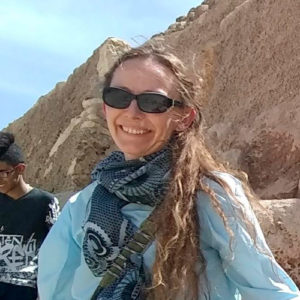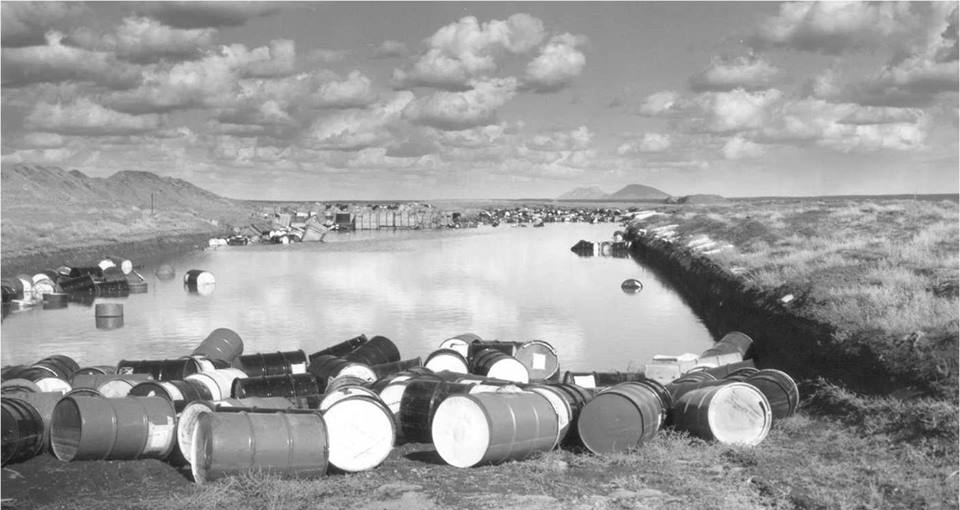
The Department of Energy (DOE) has allocated roughly $2 million each to 12 consortia to investigate “consent-based siting” (CBS), a strategy to gain local community acceptance for radioactive waste facilities. Boise State University is leading one of these consortia, conducting research and holding discussions across Idaho and virtually.
DOE is aware they have a trust issue. It’s probably better for DOE that nuclear waste consent issues are brought to communities by trusted people, like university staff.
During a recent BSU presentation, attendees grappled with the complex nature of consent when planning a project like a high-level radioactive waste facility. The long-lasting dangers of radioactive waste, spanning hundreds of thousands of years, make it challenging to fathom making critical decisions for future generations. This issue, along with the duration of consent, who gives consent, safety issues, and legal protections, emerged as key concerns.
Despite Idaho’s vital sole-source aquifer and legal protections against hosting the nation’s nuclear waste dump, DOE continues its efforts. The 1995 Idaho Settlement Agreement prohibits the importation of out-of-state commercial spent nuclear fuel (SNF) and mandates the removal of existing SNF by 2035. It’s been a barrier to DOE. However, according to Paul Murray’s presentation at the Nuclear Waste Technical Review Board meeting in August, the DOE’s “loose plan” is to have a temporary storage facility by 2038 and a permanent disposal site sometime in the 2060s.
At the same meeting, Idaho National Laboratory (INL) proposed a spent nuclear fuel packaging facility to prepare the waste for transportation. However, the DOE has yet to define “road ready,” and INL estimates packaging Idaho’s waste for export could take up to 60 years, far surpassing the 2035 deadline. For a detailed analysis of INL’s presentation, I recommend Tami Thatcher’s (Environmental Defense Institute) September EDI newsletter starting on page 18.
“Public trust is everything to our success.”
While no permanent or temporary site has been chosen, and the CBS consortia won’t provide results until mid 2025, the DOE’s continued pursuit of interim storage raises questions about the need for additional time, expense, and the risk of transporting radioactive waste. Hardened On-Site Storage (HOSS) could be a viable alternative, reducing transportation risks, costs, and the burden on communities not involved in nuclear activities.
“None of this waste we’re talking about is in New Mexico…If it actually were a good thing, if it were safe, Holtec or anybody else wouldn’t be thinking about trying to find someplace else.”
The Nuclear Waste Policy Act stipulates that a centralized interim storage facility (CISF) can only be constructed if a permanent repository is in operation. This safeguards any temporary host community from becoming a permanent dumping ground. The NRC recently granted licenses to Holtec International and Interim Storage Partners for CISFs in Texas and New Mexico. These licenses were subsequently vacated by the 5th Circuit Court of Appeals. Holtec is now appealing to the U.S. Supreme Court.
The production of nuclear weapons and energy has created a decades-long radioactive waste crisis. The nuclear industry’s push for advanced nuclear reactors, which require more dangerous fuel and consume precious water, exacerbates the problem. The best solution is to stop creating more radioactive waste, phase out nuclear energy, and ensure a just transition.
Our nation needs a solution for its current radioactive waste problem, but we must stop creating it. By addressing these issues proactively, we can protect future generations from the devastating consequences of nuclear waste.

